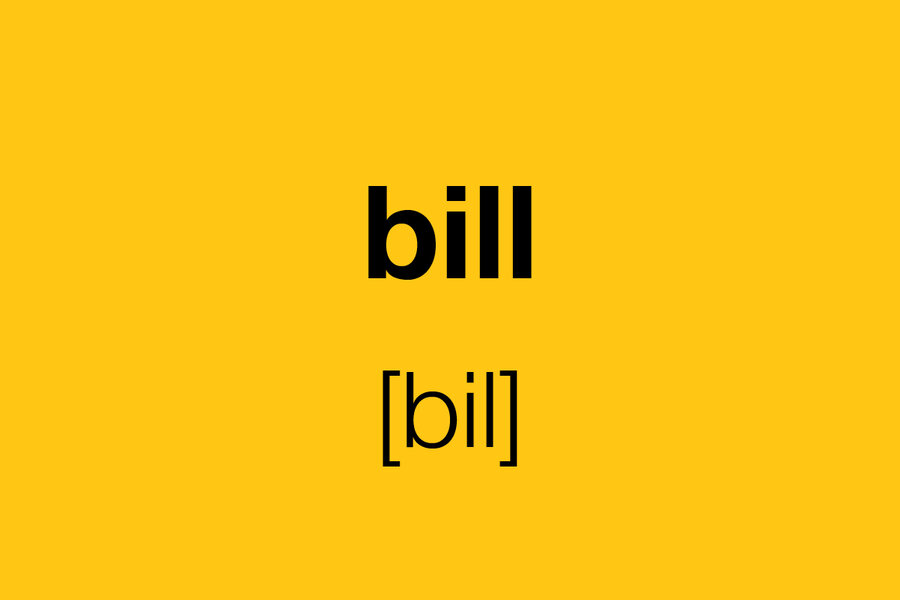‘Fitting’ or ‘filling’ the bill: Which one to use?
Loading...
After a long day of downhill skiing, a mug of hot chocolate fits the bill. Or does it fill the bill? Someone has to foot the bill for the not-inexpensive adventure; if it turns out that only one ski lift was open instead of the 10 promised, that person might complain that they were sold a bill of goods. English has lots of bill idioms, but the bills involved are not the same.
The word bill derives from bulla, which in medieval Latin referred to a seal on a document, such as wax stamped by a signet ring. By extension, bulla came to refer to the official documents secured by such seals. It appeared in English in the 13th century as bull, used exclusively for papal announcements, and in the 14th century as bill, which included a wider range of documents, from personal letters to draft acts of Parliament to (by 1480) invoices that listed the price of each good or service individually. Adding those amounts up was called footing (still a part of accounting lingo today) since the sum was then printed on the bottom, or “foot” of the bill. In the 19th century, footing the bill came to mean taking financial responsibility, especially when the expense was incurred by someone else.
A bill of goods is simply “an itemized receipt” – but today it’s most frequently encountered in an idiom that means “to deceive, to swindle.” To sell someone a bill of goods originated in the 1920s and describes a situation in which a person pays for items listed on an invoice sight unseen, and then receives either inferior versions or nothing at all. The person was sold the list rather than the actual items – the “goods” they were expecting.
Theatrical posters are at issue in “filling” and “fitting” the bill. Though everyone seems to agree that both versions of the idiom mean “to be suitable for a particular purpose,” language mavens disagree about which is “correct,” and how, exactly, they originated. According to Paul Brians, author of “Common Errors in English Usage,” 19th-century theater managers would book a headliner and then “fill the bill” with lesser-known acts. Logophile Charles Harrington Elster argues instead in “The Accidents of Style” that the headliner’s name would be printed in such large type that it would take up most of the poster – it would literally “fill the bill.”
Max Cryer, who wrote “Curious English Words and Phrases” argues for “fits the bill” – the manager would find smaller acts to slot in time-wise around the headliner, or perhaps that graphically “fit in” around the headliner’s huge name.
However these phrases developed, fit the bill has been more popular since 1982, according to Google’s Ngram Viewer, in British and American English.







